The Amish don’t rely on gadgets or apps, but their everyday hacks get the job done—often better. Some of them include off-grid cooling, clever home organization, and old-school efficiency that still works today. Here are a few Amish habits that prove you don’t need tech to outsmart modern problems.
Ice House Cooling

Credit: Facebook
Before refrigeration, Amish families relied on ice houses. These barn-like structures store blocks of ice harvested during winter, packed with sawdust for insulation. This results in cold storage that lasts months without a single watt of electricity. It works year-round and doesn’t break when the grid goes down.
Solar-Powered Lights (Off-Grid Style)

Credit: Getty Images
The Amish might avoid public power lines, but they’ve made peace with the sun. Small-scale solar panels are often mounted on barns or homes to charge batteries for lights, fans, and other essentials. These off-grid systems stay simple with minimal essentials.
Woodburning Stoves for Cooking and Heat
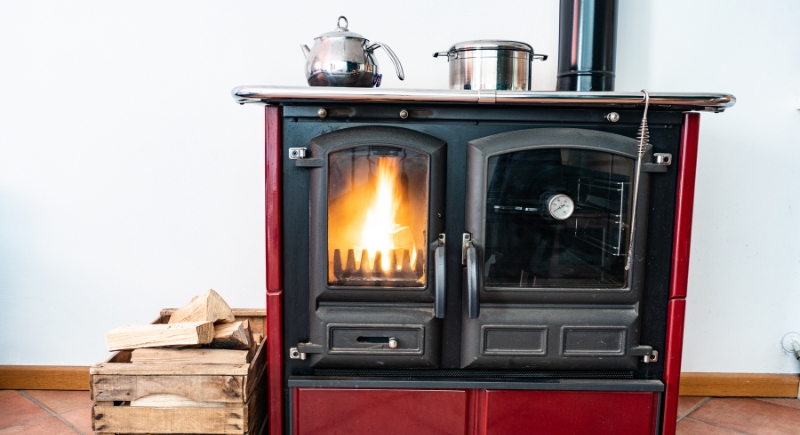
Credit: Getty Images
A single wood stove pulls double duty in most Amish homes. It heats the space during icy winters and serves up stews, bread, and everything in between. Modern pellet stoves can’t match the independence of chopping your own fuel and cooking from scratch.
Reflective Buggy Tape Instead of Headlights

Credit: Getty Images
Amish buggies stay road-safe after dark by using reflective tape and lanterns. The tape outlines the frame with glowing shapes visible to drivers from a distance, kind of like a low-tech Tron. Some states require an orange triangle or even blinking lights, but the basic idea stays the same: high visibility and zero electricity.
Homemade Soap Recipes Passed Down Generations

Credit: Getty Images
Forget plastic bottles and long ingredient lists. Amish soap-making is a tradition that keeps things clean, literally and historically. These homemade bars are crafted in big batches and cured over weeks using lye, animal fat, water, and essential oils. The soaps are gentle, long-lasting, and often wholly fragrance-free.
Hand-Sewn Quilts That Last Decades
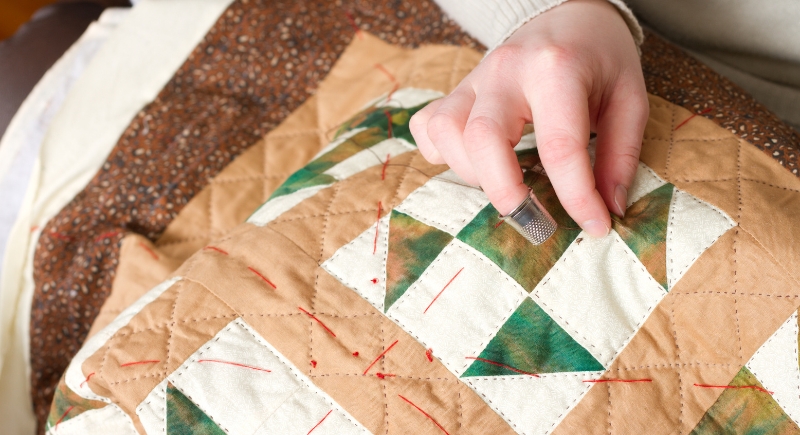
Credit: Getty Images
Amish quilts are built to endure. They are sewn by hand, layer by layer, using high-quality fabric and precise stitching. Women work on them during winter, often in groups, using patterns passed down for generations. They provide real insulation and have often outlasted machine-made blankets for decades.
Peg Boards for Hanging Everything
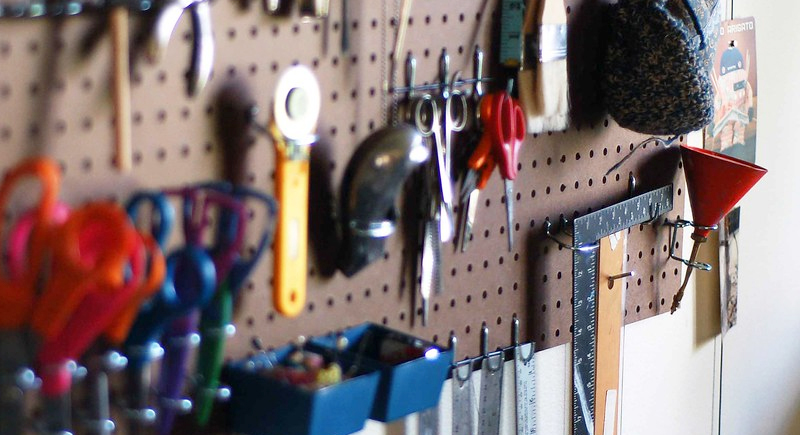
Credit: Getty Images
These wooden strips line hallways and rooms fitted with evenly spaced pegs to hang hats, coats, brooms, and even baby rockers. It’s an efficient system: you see what you need, grab it fast, and put it back with no fuss. It also encourages tidiness because every item has a spot.
Straw Brooms That Outlast Swiffers
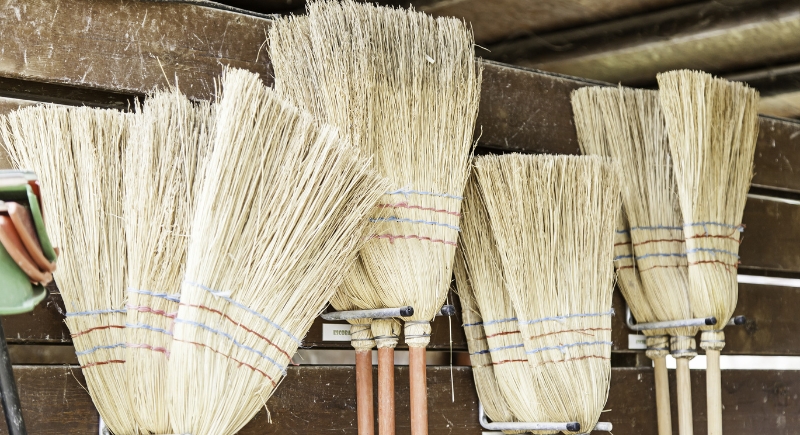
Credit: Canva
Straw brooms, made by hand from broomcorn and wire, last years with daily use. Unlike disposable sweepers, Amish brooms contain no plastic parts to snap or fray. They have a wooden handle and are tightly bound for durability.
Hand-Carved Wooden Toys

Credit: Getty Images
Children grow up playing with toys made by their own families. These wooden toys—trucks, dolls, trains, animals—are cut, carved, sanded, and assembled in small workshops. They use moving parts like wheels, levers, and pull strings to stay fun. Parents avoid plastic for safety and sustainability.
No-Waste Baking Using Lard and Leftovers
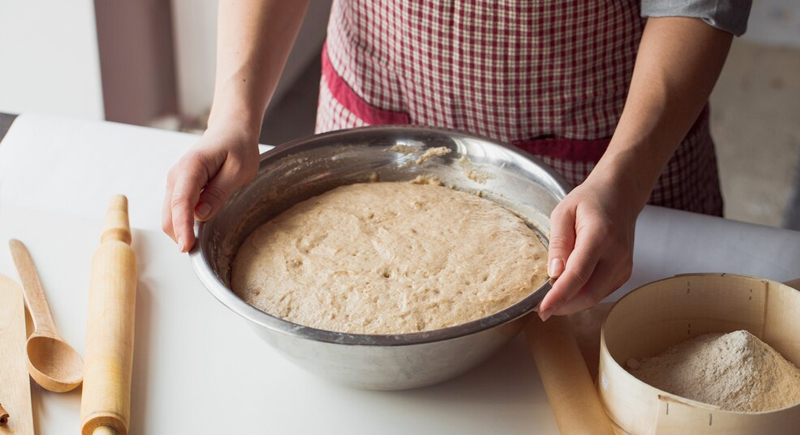
Credit: freepik
Amish baking minimizes waste by using ingredients that most people throw away. Instead of vegetable oil or butter, they often use rendered lard saved from home butchering. Day-old bread becomes breadcrumbs or stuffing. Fruit nearing spoilage goes into pies or jams. Leftover potatoes thicken dough or stretch a stew. The flavor holds up, too.
Natural Remedies Over Digital Diagnoses

Credit: Getty Images
Families rely on herbs, tinctures, and generational knowledge without internet searches or apps for everyday health issues. Common remedies include comfrey for sprains, elderberry syrup for colds, and onion poultices for congestion. They come from practical experience and handwritten family journals, not health forums.
Sunday “No Work” Policy
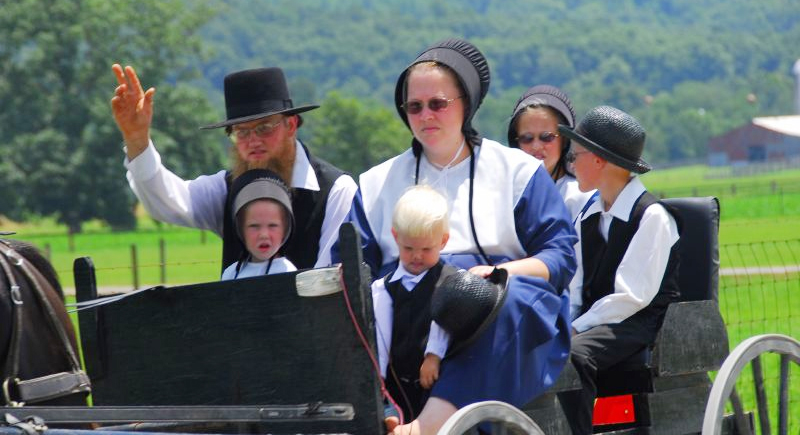
Credit: flickr
On Sundays, Amish communities press pause. The focus shifts entirely to rest, family time, and church. This rhythm helps prevent burnout, encourages deeper community connections, and gives families a reliable break in their week. By setting aside one day, they protect mental health and maintain work-life balance without apps or planners.
Chalkboard Family Schedulers

Credit: Getty Images
Instead of reminder apps, the Amish use a central chalkboard for schedules, notes, and to-dos. It’s usually placed near the kitchen or entrance, where everyone can see it. This board tracks everything from doctor appointments to school events and baking lists. It’s updated by hand and reviewed throughout the day.
Candle-Lit Family Storytelling Nights

Credit: Getty Images
Without screens competing for attention, Amish families often spend evenings gathered around the table or fireplace, telling stories by candlelight. Parents pass down memories, Bible tales, or local legends. Many children grow up remembering these nights better than any toy. It’s a tradition that shapes values while keeping distractions out.
Community Work Bees Over Service Apps

Credit: Getty Images
Amish communities organize “work bees”—gatherings where neighbors help each other with big tasks, like raising a barn, harvesting crops, or quilting. People show up, bring tools, and get the job done fast. No one gets paid, but everyone benefits. It’s built on reciprocity and trust.





